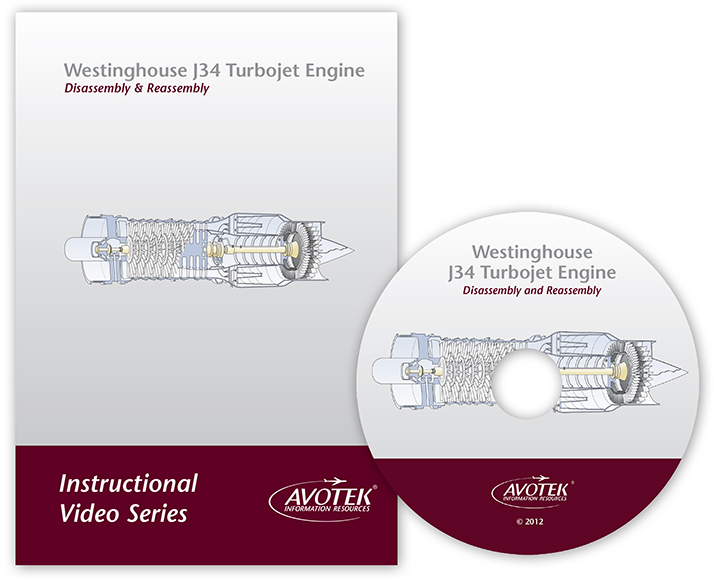



This engine was rated at 6,000 lbf (27 kN) static thrust at sea level. For high speed flight, a four-chamber Reaction Motors LR8-RM-6 engine (the Navy designation for the Air Force's XLR-11 used in the Bell X-1), was fitted. This engine was intended for takeoff, climb and landing. The Skyrocket was powered by a Westinghouse J34-40 turbojet engine fed through side intakes in the forward fuselage. The wings and empennage were fabricated from aluminum and the large fuselage was of primarily magnesium construction. The Skyrocket featured wings with a 35-degree sweep and horizontal stabilizers with 40-degree sweep. A contract change order was issued on 27 January 1947 to formally drop the final three D558-1 aircraft and substitute three new D558-2 aircraft instead. When it became obvious that the D558-1 fuselage could not be modified to accommodate both rocket and jet power, the D558-2 was conceived as an entirely different aircraft. The eventual D-558-3 design, which was never built, was for a hypersonic aircraft similar to the North American X-15. The third phase, which never came to fruition, would have involved constructing a mock-up of a combat type aircraft embodying the results from the testing of the phase one and two aircraft. The phase-one aircraft, the D-558-1, was jet powered and had straight wings. The "-2" in the aircraft's designation referred to the fact that the Skyrocket was the phase-two version of what had originally been conceived as a three-phase program.


 0 kommentar(er)
0 kommentar(er)
